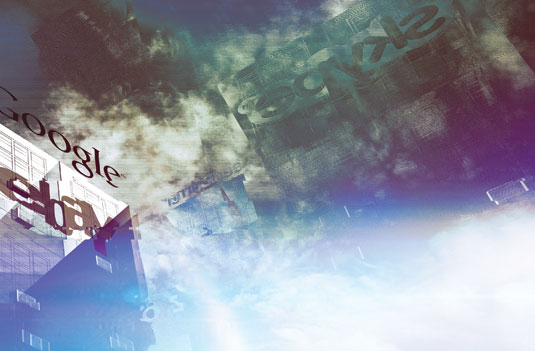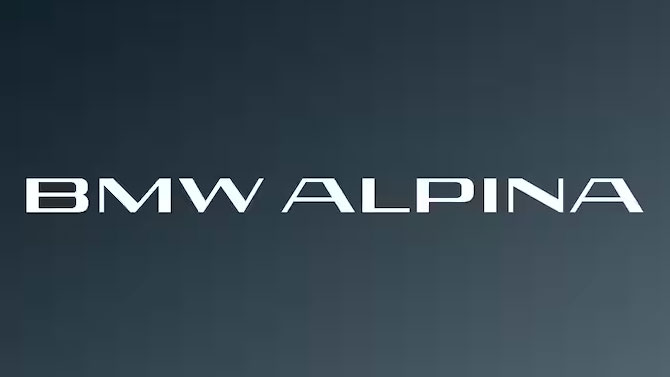Why your logo designs don't need to be 'clever'
Design inspiration sites are great, says creative director Wes McDowell - but they can sometimes prompt clients to make ill-judged demands of logo designers. Here's how to push back.

Of all the questions I ask new logo design clients, the most helpful to me is this: “What existing logos do you like and why?” Since every client has their own personal style that they respond to, it really helps to see that with my own eyes before I start designing. I usually point them to either Pinterest or a logo design compilation site such as Logopond to start gathering logos for inspiration.
This usually works out just fine, but lately, I have noticed several types of logos on the webisphere that are actually impeding the process for some of my clients. These logos generally fall into two camps:
- overly 'clever' literal-meaning logos
- logos that rely heavily on a background colour or image
At first glance, most of these logo designs are brilliant. In fact, most are fantastic even upon close scrutiny. So what’s the problem with them? And more importantly, how can you avoid them becoming a problem for your logo design process?
Too cool for school
When perusing logos online, you're bound to find compilation after compilation labeled "cool logos" or "clever logos". A simple Google search for logos turns up hundreds of them, and you'll find yet more on sites like Pinterest, Dribbble or Logopond.
Most of these logos make great use of illustration, often pulled right from the name of the company itself. After all, if a company name offers itself to such vivid imagery, it only make sense to capitalize on that. In my opinion, however, all signs would point to the lion’s share of these logos being personal projects, in which the designer thinks of the name themselves, and then designs a logo in suit.
On its face there is absolutely nothing wrong with this approach. Designers are certainly entitled to work on personal projects, and if I were to choose a mock logo to work on, I would choose a name with interesting imagery associated with it myself.

The hidden danger arises, though, when a client with a name that doesn’t lend itself to this kind of imagery sees a barrage of such designs and wants something similar.
I recently had a logo design client with a fairly generic, unremarkable name. When I asked for logos they liked, they gravitated toward the types of logos I've been talking about, and were disappointed upon seeing my first round of concepts. "We thought they would be more 'clever', like the examples we showed you," they said.
The client brought up a specific example for a brand called Foxography. The logo shows a fox, broken up in a circle to resemble a camera’s shutter. It’s a great idea, and it’s well executed. But I have to wonder if the name was chosen based on the visual that it conjured up. Since the project is labeled 'just for fun' on Logopond, I think the odds of that are pretty high.
After explaining this to my client, they understood. But in a way, the damage was done. Their hopes were high, based on the examples they sourced, but their company name (or their industry for that matter) just didn’t lend itself to that type of a logo.
Logos presented on a background
Something else you'll find on these compilation sites are logos that rely almost as much on the backgrounds they are placed on as the logo forms themselves.
Again, this is at the discretion of each individual designer, and I can certainly appreciate a good presentation. But there is an inherent problem with the way these logos are presented.
Oftentimes, clients who are looking for logos they love will see these and respond to the image as a whole, rather than to just the logo. Sometimes that's okay, in the case of a very strong logo that works on its own. But other times, a very ordinary, plain logo will get a serious style boost when presented on the right background image or colour. If I were to then use a logo like that as a point of inspiration, and present it on a clean white background, it might get a very underwhelming reaction.
Daily design news, reviews, how-tos and more, as picked by the editors.

As any logo designer knows, a logo needs to be able to stand on its own, on a pure white background. 99% of the time, that is exactly how a logo appears in the real world. If it passes this test, then feel free to use it however else you wish, but it should not rely on an interesting background to make a positive impression.
I recently had another client who really liked the clean lines of a logo that he found. One of my concepts I delivered was done in a similar treatment, but it just didn’t sing to him the way his example logo did. The reason? The logo he liked was imposed on a dark background, which made the bright colour 'pop' much more than it did on the white background. And let’s face it, that is probably why that particular logo was showcased on a dark background to begin with.
How to avoid clients getting sidetracked
After these recent client interactions, I decided that I have to revisit my method for getting to know my clients’ personal logo style.
My old method: I had been setting up a new secret Pinterest board for each client, with instructions to pin logos that they like from a visual style standpoint, that they feel are appropriate to their business and customers. I usually directed them to Logopond, or other logo boards on Pinterest.
My new method: I have now taken a more proactive approach, and have started a logo board of my own on Pinterest. On it, I only pin good, quality logos in a variety of styles. I do not include logos that use literal imagery related to the company name, and only include logos that are presented on a white background. I then direct my clients to this board for inspiration. So far it has worked very well. Each logo is allowed to stand on its own merits as what a logo should be: a clean, strikingly memorable visual.
When clients see these types of logos, they begin to understand that their own logo doesn’t have to be on-the-nose to be effective.
- Words: Wes McDowell
Wes McDowell is the principal and creative director for The Deep End in Los Angeles. In addition to client work, he has authored several books for freelance designers and co-hosts a popular graphic design podcast called The Deeply Graphic DesignCast. Follow Wes on Google+.

The Creative Bloq team is made up of a group of art and design enthusiasts, and has changed and evolved since Creative Bloq began back in 2012. The current website team consists of eight full-time members of staff: Editor Georgia Coggan, Deputy Editor Rosie Hilder, Ecommerce Editor Beren Neale, Senior News Editor Daniel Piper, Editor, Digital Art and 3D Ian Dean, Tech Reviews Editor Erlingur Einarsson, Ecommerce Writer Beth Nicholls and Staff Writer Natalie Fear, as well as a roster of freelancers from around the world. The ImagineFX magazine team also pitch in, ensuring that content from leading digital art publication ImagineFX is represented on Creative Bloq.
